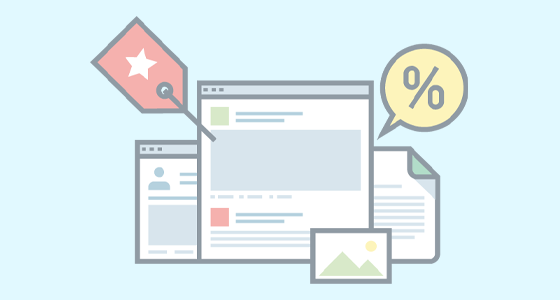Making inroads in Ecommerce through personalized shopping has long been a powerful way to connect with your buyers and increase purchases. Recent changes in how sellers can market to their buyers through marketing have encouraged businesses to get more creative, but the good news is on-site personalization is as powerful as ever.
In a recent article on Digital Commerce 360, some businesses shared how they’ve managed to maintain a personal touch while dealing with fresh limitations on what information is made available to them. While recent changes by Apple and others have made third-party information more restrictive, there’s still ways to connect with your customers and lead them to what they are looking for.
Changes in Personalized Shopping Opportunities
Changes in the marketing ecosystem have been introduced in the name of privacy, at the same time upending how many businesses were able to leverage data for marketing success. Apple, for instance, introduced a choice for users to allow or disallow data to be provided to various apps and websites.
The change was dramatic enough that Apple brought in an outside party to independently defend the decision, and companies like Facebook have pointed to Apple’s changes as a primary reason why their revenues are down.
Why do these big businesses and their decisions create challenges for smaller Ecommerce businesses? You, too, lose out on that information when device users decline to share data. That can make it harder to personalize a landing page, for instance, when you don’t have as much information to work with.
On-Site Data Still Available
Fortunately, on-site data is still available, the article notes, and that can be just as valuable, as that’s data about your own customers and potential customers.
Information like previous purchases, which products a seller is interested in, related products that link to those products they’ve bought, and even basic data about the buyer can all be engaged to provide a personalized shopping experience.
Digital Commerce 360 gave some examples of personalization that can be accomplished, which include:
- A customized homepage, leveraging capabilities such as featured products
- Smarter recommendations and upsells based on a buyer’s purchase history
- Recommendations based on the browsing behavior of the buyer
- Emails like abandoned cart and abandoned search
- Emails after orders based on the buyers’ prior behavior
- Remarketing ads that follow users even on non-retail sites to bring them back
All of this data is data you’re collecting directly, and is not impacted by the changes that were introduced by Apple last year, or will be impacted by any other pending changes by other providers, such as Google.
Zoey is Built for Personalized Shopping
The B2B Ecommerce experience is one that benefits from personalized shopping experiences, even though it’s designed by default to be more streamlined. Personalization can help buyers achieve their purchases more quickly, which is one reason why buyers adopt self-service purchasing experiences over time.
Zoey is designed to make personalization easier through a variety of capabilities, such as our segmentation capabilities, theming opportunities and the ability to display to each buyer their purchase history and recommended products.
Let’s talk today to discuss how we can empower your business with tools that are built specifically for succeeding in B2B Ecommerce:





